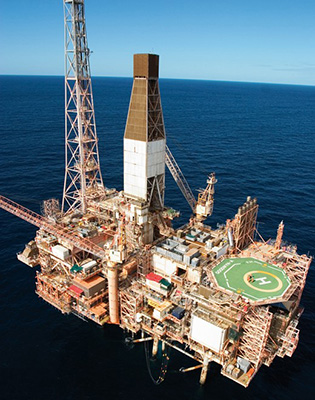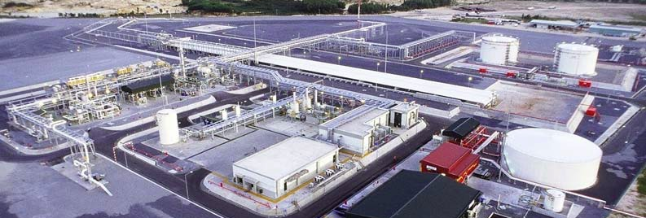OIL & GAS PROJECTS
Woodside Goodwyn A Firewater Hydraulic Modelling
Firewater hydraulic designs for the Goodwyn A platform were undertaken in mid-1990’s and results of the calculations were captured in a Firewater and Foam Hydraulic Analysis Report; however the hydraulic models were not maintained. Consequently no Pipenet modelling was available to validate the designs of the firewater systems that provide primary protection to the various modules of the Goodwyn A platform. Complete Fire Design was engaged to model, calculate and review the existing dry firewater systems on the platform and recommend changes that will benefit the overall operability of the firewater systems. As part of the study Complete Fire Design was also requested to review the available wet system hydraulic model against existing isometric drawings and validate the design inputs.
The outcomes of the works were as follows:
- Dry deluge Pipenet models based on existing pipe routes, pipe sizes and deluge nozzle type.
- A Firewater Water Hydraulic Verification Report that outlined the calculation methods and key assumptions, findings during modelling and also recommendations that would benefit the overall operability of the systems.

Nam Con Son Terminal (Viet Nam) - Wet Gas Delivery Area
Client – Sai Gon Energy Technology Corporation
Sai Gon Energy engaged Complete Fire Design to perform a Fire and Gas Mapping study for the Wet Gas Redelivery and Slug Catcher inlet valve at the Nam Con Son Terminal to check the adequacy and quantity of Fire and Gas detector locations against industry standard performance targets. The works formed part of the detailed engineering works for a brownfield modification project undertaken for the new Wet Gas Redelivery facilities within the existing process area.
Complete Fire Design has conducted the F&G Mapping by performing an assessment of Flame Detection coverage based on a Grade B hydrocarbon risk and an assessment of the beam type Gas Detection coverage based on a Gas hazard type “O”. The Fire & Gas Mapping was undertaken using Direc3D Software based on a 3D AutoCAD file provided by the client. This allowed CFD to review revised detector locations and the impact of new equipment as works continued on site. The results of the study were presented in 3D contour images and video clips so that the client could see how adequate coverage was being maintained. Complete Fire Design also provided 3D coordinates for detector locations such that on-site teams could install them.

